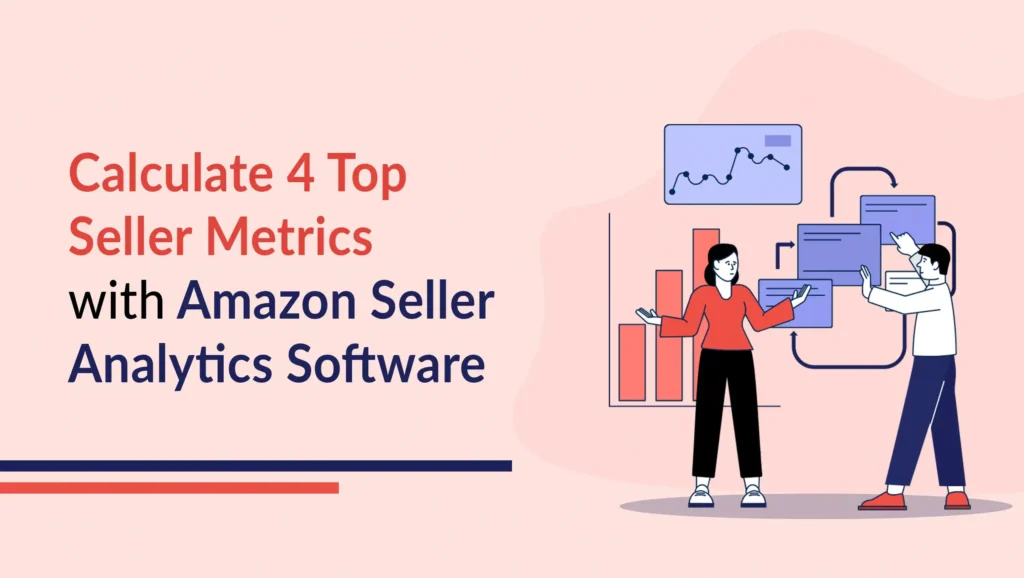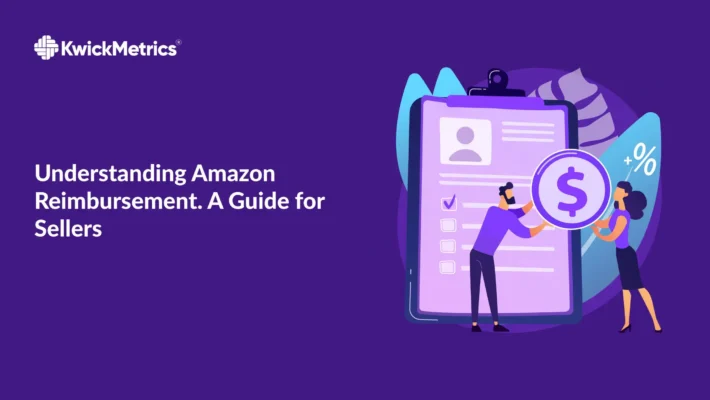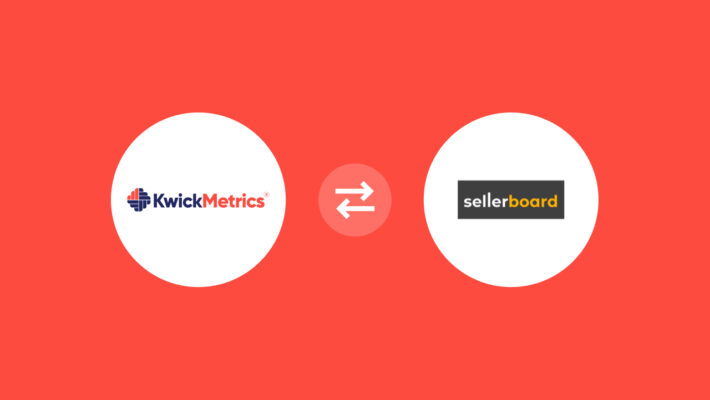Amazon Seller Analytics Software to Calculate Top 4 Amazon Seller Metrics

It’s no surprise that regardless of the size of your business on Amazon, you would like to boost sales and grow your brand. At this point, the most important fact you need to understand is how to calculate your Amazon business sales.
For this, you have to use Amazon seller analytics software to manage a few seller metrics to understand your eCommerce journey i.e. Amazon business growth. Let’s get started.
Amazon Seller Metrics You Should Manage With Amazon Seller Analytics Software
Being an Amazon business seller, all you want is business growth. And there are some Amazon seller metrics that matter most to calculate your eCommerce sales and growth. Using Amazon sales analysis tools, you can do that easily. For example:
#1: Product Ranking-
Amazon selling software helps you calculate the data ranking points of your business products. These points will tell you at what rank your listing is appearing in the Amazon search results, meaning your brand visibility on Amazon.
Recent research shows that around 70% of Amazon customers stick to the first search result page. Hence, the more eyes see your listing, the higher sales you get. Ultimately, this product ranking is the most important metric to be on page one of the Amazon search results.
#2: Buy Box Eligibility-
Being an Amazon seller, you probably know that customers click on ‘add to cart’ while shopping on Amazon. In this case, the buyer is using the Buy Box. Now, where lies the importance of a Buy Box for your Amazon business growth?
The thing is that when there is more than one seller on Amazon selling the same product, only one can get the chance to occupy that Buy Box within a limited time. Hence, it’s a great opportunity for your business to have such a prime location on such a busy street!
However, when Amazon software tools count your Buy Box eligibility, it considers different factors:
- Amazon sales analytics calculate the percentage of the ODR (Order Defect Rate) based on negative feedback, late or unsatisfied orders, and chargebacks from credit cards. To be eligible in the Buy Box, keep the rate under 1%.
- Try to stay on top of the available inventory.
- Customer response time, satisfaction, and feedback
- Using the Amazon FBA method more to be at an advantage in case of being on the Buy Box
KwickMetrics - The Business Intelligence and Analytics Tool
#3: Seller Feedback and Rating-
Seller feedback is the reviews customers do on your brands, products, or services. And its ratings come with a numerical value, representing a score between 1 to 100. This score remains visible to the customers on the Amazon storefront for their better decision-making during the purchase.
Here, a 100 score refers to the best rating. However, the following factors impact the rating when Amazon sales analysis tools calculate it:
- Cancellations
- Shipping time
- Customer reviews
- Chargebacks
- Claims
- Inquiries of customers
#4: Conversion Rates
Here, Amazon selling software measures the conversion rate based on how many customers have viewed your listing against how many people have bought your products. The calculation includes the return of visitors as well. A poor conversion rate means a pain point in your business strategy, costing your profits.
Bottom Line
We hope you will find this blog helpful enough to manage these seller metrics of your eCommerce business mentioned above. It would help you improve your business growth and eCommerce journey.


